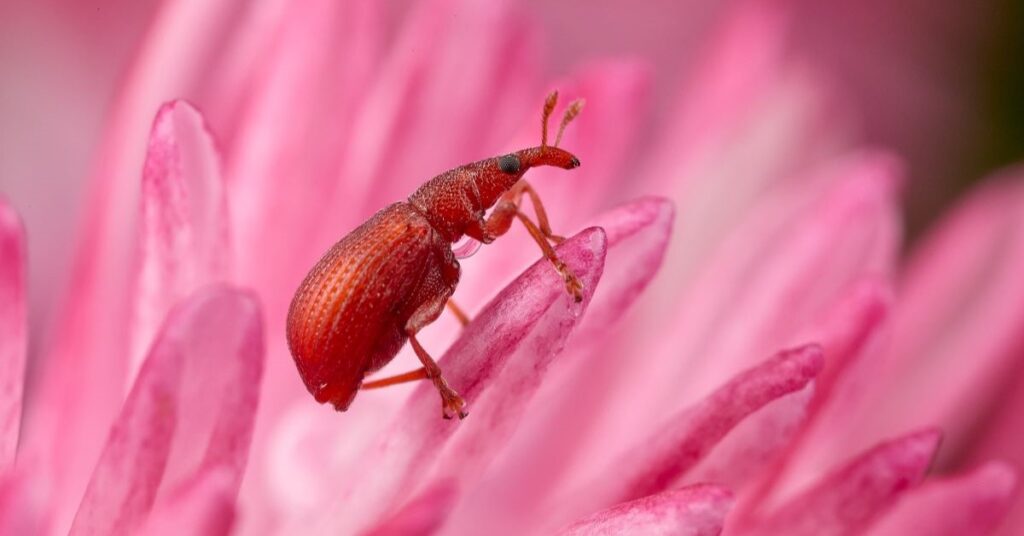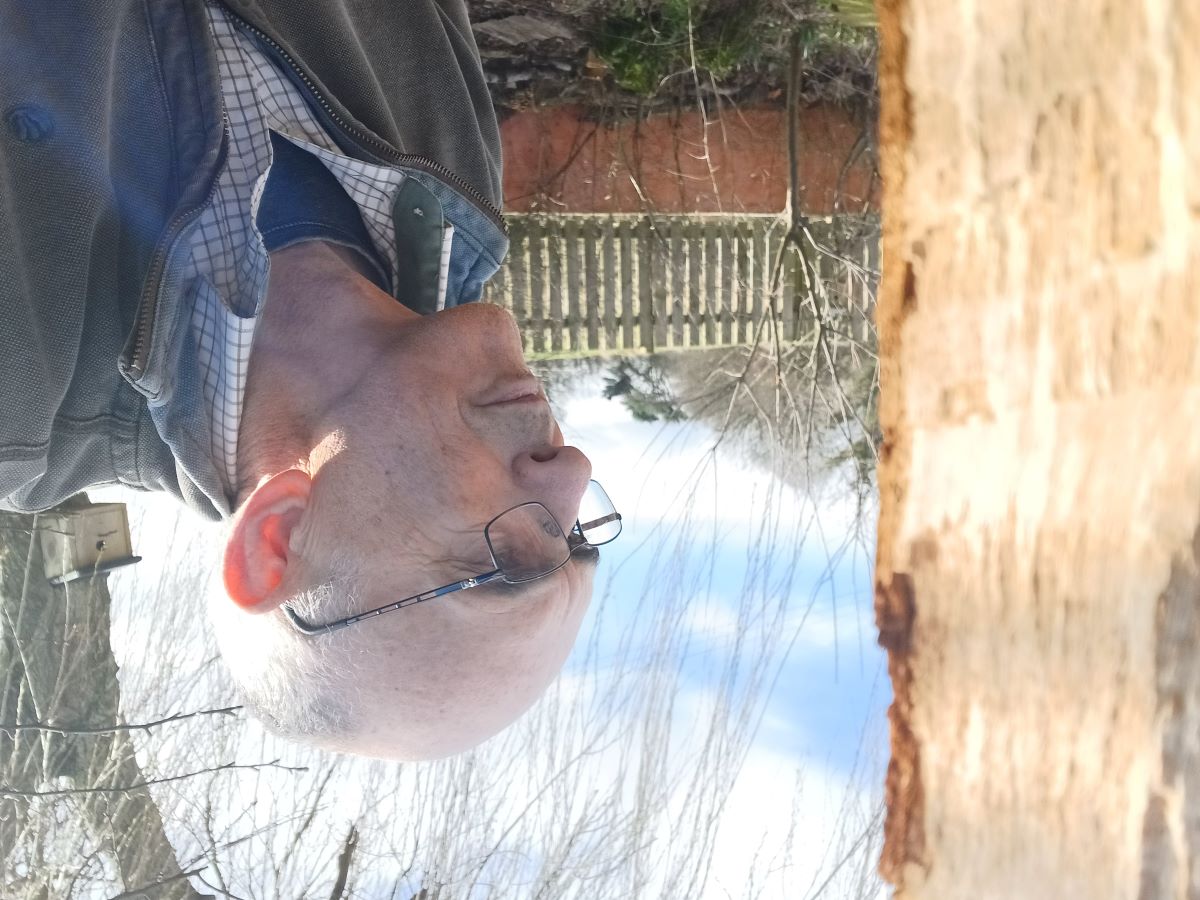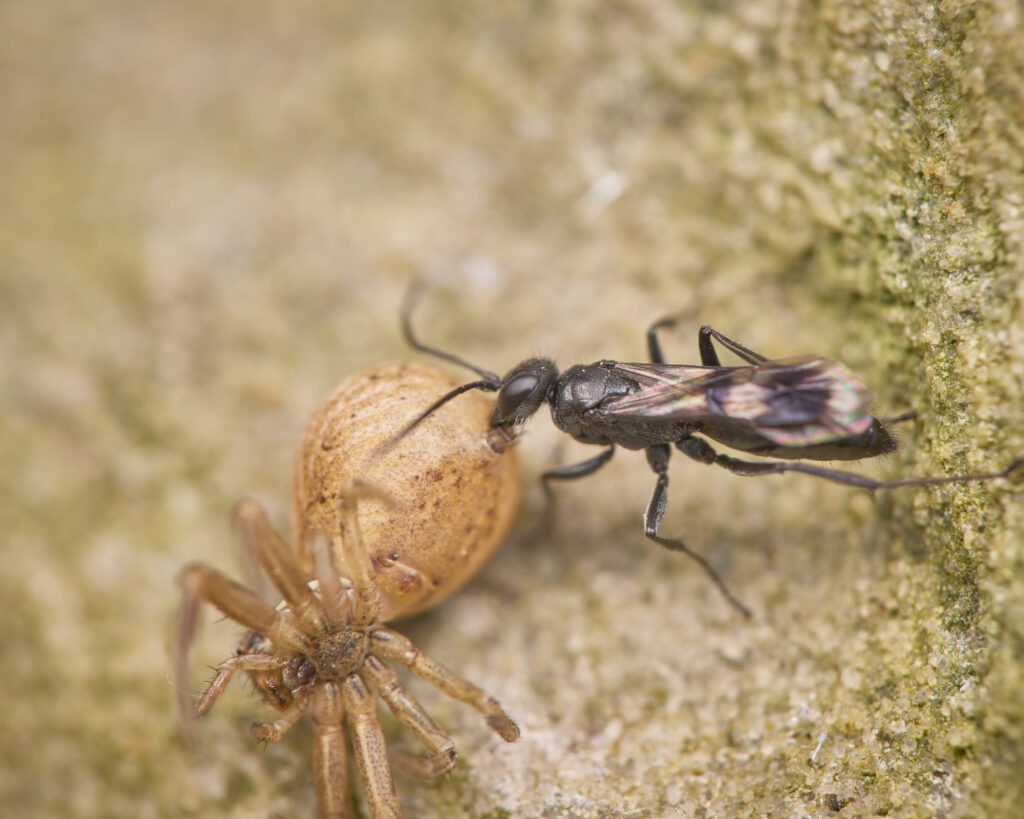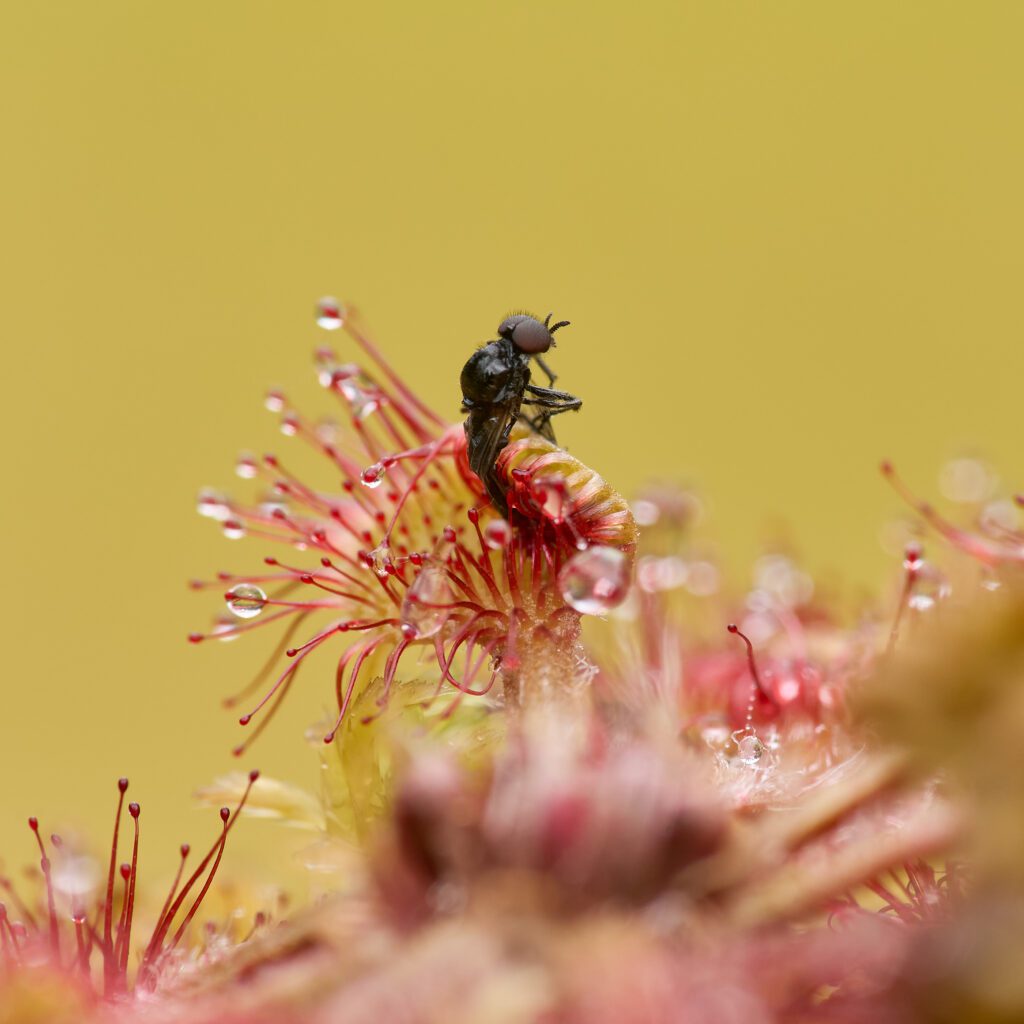
Life with Forestry and Land Scotland: ‘People would be amazed at the nature that lives in their gardens’
Environment manager for Forestry and Land Scotland, Colin Edwards, spends more time in nature than most. He talks to us about his passion for macrophotography and shining a light on the ‘ugly’ creatures.
I took up photography at school, but in those days the cameras used films and were built like tanks. At one point I installed a moth trap in my garden, and that’s when I picked up a modern digital camera to capture their comings and goings. After that I started to notice all the smaller invertebrates around us, and became interested in macro photography.
I have pictured hundreds of species. My archive has several thousand images. The more I see and photograph the more I realise what is out there, waiting to be discovered. The rarest thing I have pictured was a greenish-blue wasp. I was at work in an FLS restock site in Fife when I spotted it. I managed to get a record shot, which means it was taken from too far away to be of any real use, but it did allow me to identify it as a ruby-tailed wasp. There is only one record of this species in Scotland from 1998, and mine is the first picture. There is an active invertebrate group in Fife, so I have specialists I can turn to for help identifying and recording the species.
I often wonder if species are rare, or if it’s just that they are under recorded. I’m one of the few who will run after the smallest wasp, beetle or spider to try and get a photo of it. It’s important to observe and identify these species, because we’re building a biodiversity evidence base, and we’ll be able to track population increases or decreases.

Colin Edwards.
Many of these creatures can be a little creepy up close and at times their habits are pretty disgusting by normal standards, like the soldier beetle I found lunching on a dead fly infected by a pathogenic fungus. The fungus infects the fly and compels it to climb to a high point, so its fungal spores can spread. These invertebrates live in a partly hidden world; I like being able to capture it through my photos. There’s also the process of waiting patiently to take a photograph. I love the calmness it brings, it’s almost like a meditation. I know of many other photographers who use photography to improve mental health and wellbeing and build inner resilience.
Working at FLS I’ve noticed the public are very interested in larger and conventionally charismatic species: red squirrels, capercaillie, pine martens and so on. Those species play an important role in Scotland’s forests, to varying degrees across the country. But the ecological function that invertebrates perform is as important if not more so. They’re the building blocks of a healthy ecosystem, we’re nowhere without them. So I’m happy to give them a higher profile. They’re also a gardener’s best friend. They reduce pest species and pollinate plants as effectively if not more so than bumble bees, which get all the credit.

Dipogon variegatus spider hunting wasp with Xysticus cristatus (common crab spider)
My preference is to record what I find in my garden, or in the woodlands managed by FLS. The more I stop and look, the more I find. I’m just as happy recording the common species as any rarer ones – as long as they are showing some interesting behaviours or traits. I have not been recording species for long enough to see any change in numbers or distribution. Still, my role as environment manager for Forestry and Land Scotland means I’m aware of the international and domestic changes recorded by others. We’re facing a biodiversity crisis. I am fortunate as my job allows me to directly contribute towards protecting species and creating or enhancing important habitats. I help restore peatland, expand rainforests and enhance natural habitats for a range of species.
Anyone can make small changes to make a difference. Don’t mow your lawn within an inch of its life, but allow it to develop into a grassy meadow. Leave piles of dead leaves and deadwood to accumulate in a corner of the garden. Build bug houses and, if you have space, put in a small pond. Stop using pesticides and herbicides in the garden, and cultivate native plants where possible. All of this can be done on a large or small scale.

Sundew _(Drosera rotundifolia) with fly.
I think people would be amazed by the diversity of nature that resides or passes through their gardens, whether deep in the countryside, or the most urban parts of our cities. If you can’t watch nature at home, take a walk in one of the many nature reserves or woodlands that Scotland has to offer. All of Forestry and Land Scotland’s woodlands are open to everyone to enjoy, so spend some time this spring to sit and watch the flowers grow. You never know what you might find.
Read more News stories here.
Subscribe to read the latest issue of Scottish Field.
TAGS

